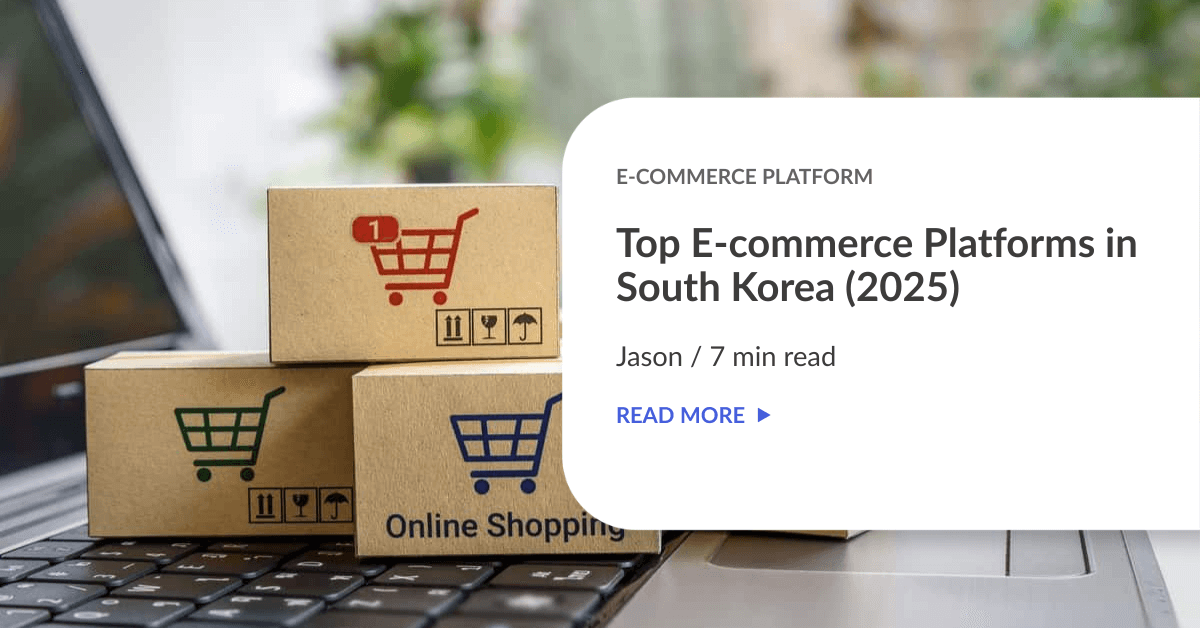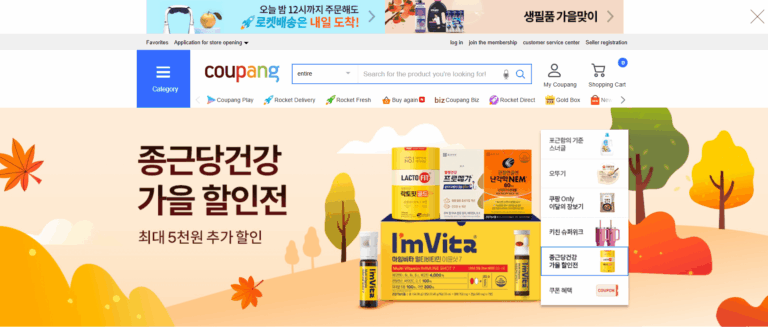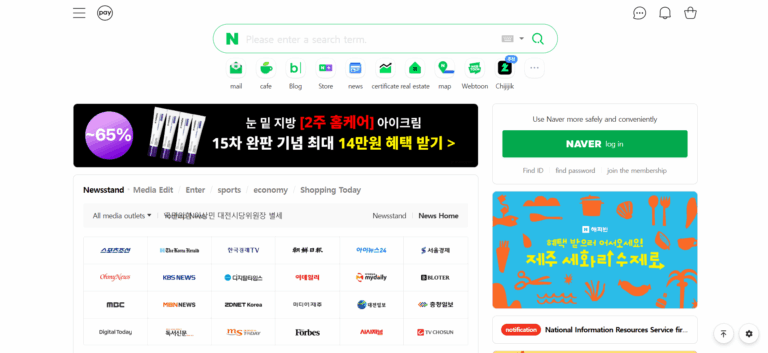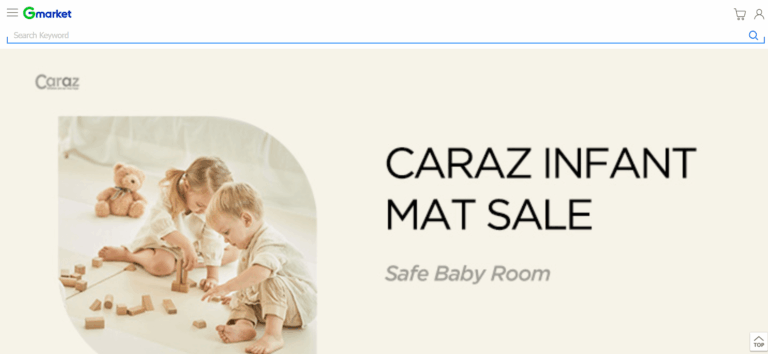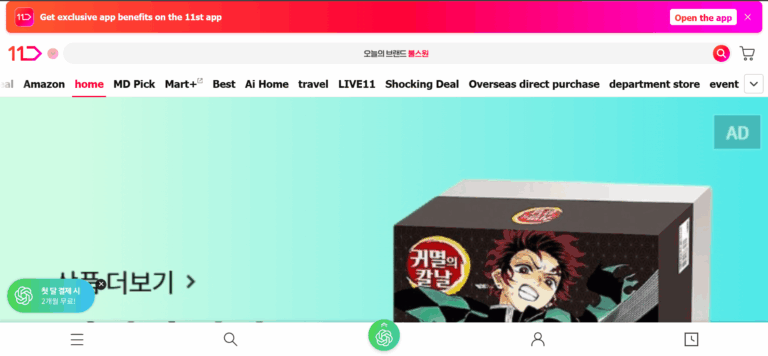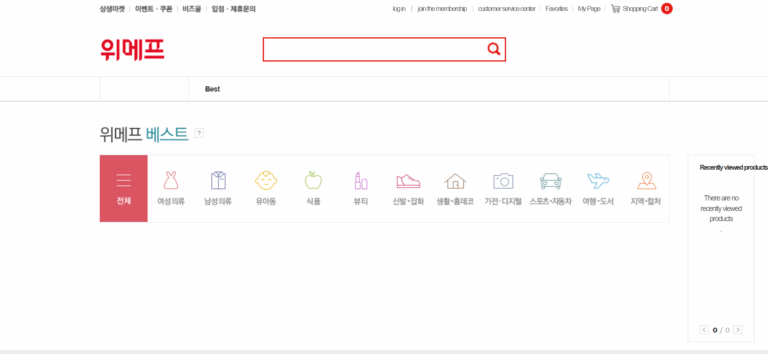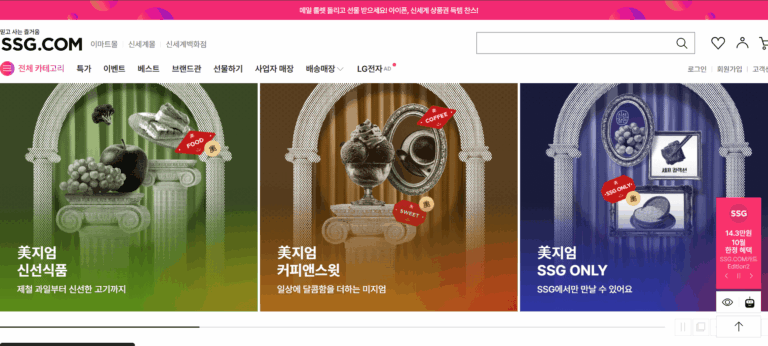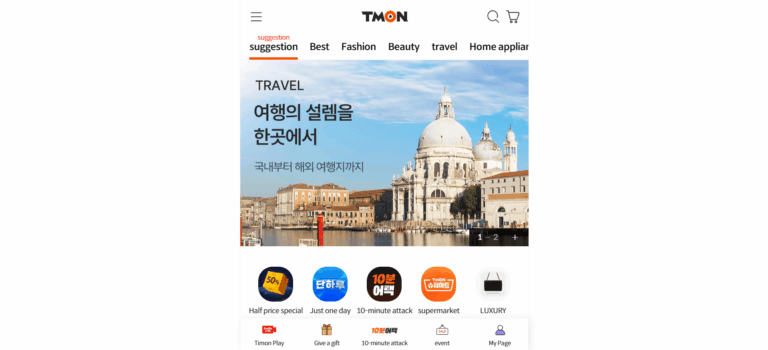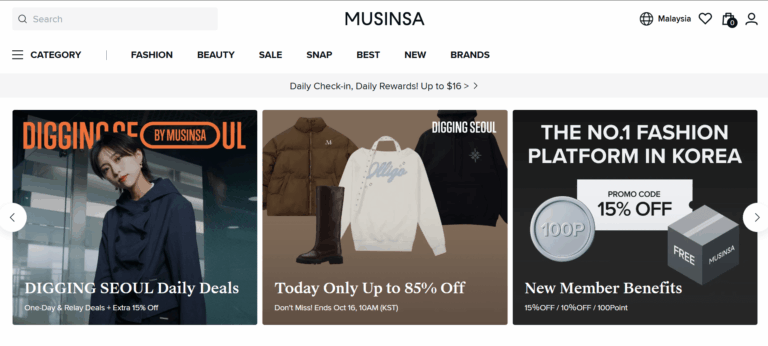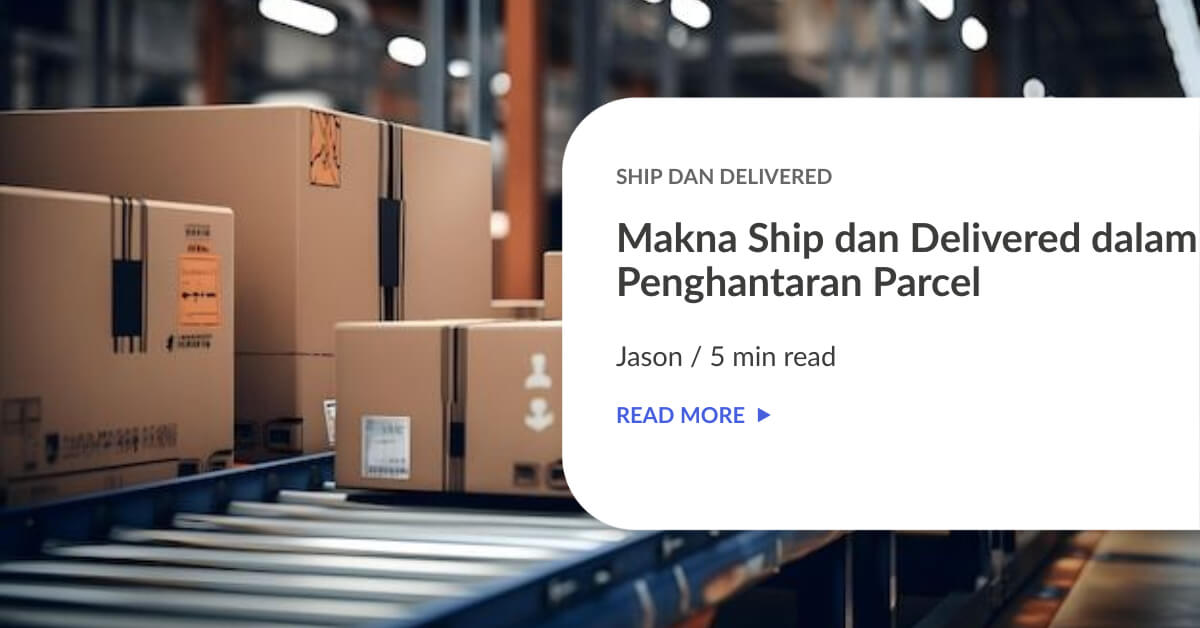South Korea’s e-commerce market is highly advanced, with tech-savvy shoppers and fast internet.
Platforms like Coupang, Amazon Korea, 11Street, Gmarket, and Naver Shopping give sellers access to millions of customers.
Here’s the top e-commerce platforms in South Korea and everything you need to know about selling here.
Contents
Overview of E-commerce in South Korea (2025)
By 2025, South Korea’s e-commerce market is projected to exceed USD 150 billion, fueled by high smartphone usage, advanced logistics, and trusted digital payments like KakaoPay and Naver Pay. Major platforms such as Coupang, Gmarket, and 11Street dominate the landscape, offering fast delivery and seamless shopping experiences.
Korean consumers increasingly rely on e-commerce platforms for convenience, time-saving, and exclusive online deals. With its tech-savvy population and world-class infrastructure, South Korea remains one of the most dynamic and competitive e-commerce markets globally.
Top E-commerce Platforms in South Korea (2025)
1. Coupang
Coupang is often called the “Amazon of Korea” because of its Rocket Delivery, which offers same-day or next-day shipping on millions of products. With a huge customer base and powerful logistics network, it’s ideal for sellers who want to reach Korean shoppers looking for speed, convenience, and reliability.
However, competition is intense, and sellers must maintain high service and fulfillment standards to stay competitive. Fees can be higher, especially for international sellers, which may affect profit margins.
2. Naver Shopping
Naver Shopping is integrated into Korea’s leading search engine, giving sellers excellent visibility and access to millions of daily users. With features like Naver Pay for smooth transactions and strong performance in fashion, lifestyle, and beauty categories, it’s a top choice for brands targeting Korean shoppers who value convenience and trust.
However, competition and advertising costs are high. Smaller sellers may find it challenging to gain visibility without significant investment in paid ads and SEO on the platform.
3. Gmarket & Auction
Gmarket and Auction, owned by eBay Korea, are long-established e-commerce platforms that attract a broad customer base — from bargain hunters to premium buyers. Sellers benefit from strong brand recognition, reliable infrastructure, and access to diverse product categories, making it ideal for those seeking stability and reach in the Korean market.
However, growth has slowed in recent years as younger shoppers move toward trendier platforms like Coupang and Naver. As a result, Gmarket and Auction may be less effective for brands targeting Gen Z or millennial audiences seeking newer, more dynamic shopping experiences.
4. 11Street (11번가)
11Street is a well-known e-commerce platform in South Korea, recognized for its user-friendly interface and partnerships with global brands. Thanks to its connection with SK Telecom, it enjoys strong visibility and a large, loyal customer base. Sellers benefit from the platform’s reputation for trust and quality, making it a solid choice for brands that want to reach Korean consumers seeking reliable products.
However, 11Street isn’t as dominant as major competitors like Coupang or Naver, which can result in lower traffic and slower sales growth. Additionally, international sellers may face challenges with localization, translation, and Korean-language customer support, which are crucial for success in the market.
5. WeMakePrice (WEMAKEPRICE)
WeMakePrice (WEMAKEPRICE) is a popular Korean e-commerce platform known for its discount-driven model and group-buying deals. It attracts price-conscious shoppers looking for great bargains on fashion, beauty, and home products. Its strong focus on mobile shopping also makes it convenient for Korea’s fast-paced, on-the-go consumers.
However, its heavy reliance on discounts can significantly reduce sellers’ profit margins. The platform also faces strong competition from larger players like Coupang and Naver, making it more suitable for budget-friendly or volume-driven sellers rather than premium or niche brands.
6. SSG.COM
SSG.com, operated by Shinsegae Group, is a premium e-commerce platform in South Korea that offers groceries, fashion, electronics, and home goods. It’s trusted for high-quality products, reliable service, and fast delivery, making it popular among mid- to high-income shoppers who value convenience and brand reputation.
However, seller fees can be higher, and the customer base is smaller compared to larger platforms like Coupang or Naver Shopping, which may limit exposure for new or smaller businesses.
7. TMON (Ticket Monster)
TMON (Ticket Monster) is known for its flash sales, time-limited promotions, and discounted deals across various product categories, from fashion to electronics. It’s ideal for sellers aiming for high visibility and quick sales boosts during promotional campaigns.
However, competition is fierce, and the platform’s strong emphasis on discount-driven sales can significantly reduce profit margins. It works best for sellers who can offer competitive pricing and handle high-volume sales efficiently.
8. Musinsa
Musinsa is one of South Korea’s leading fashion-focused e-commerce platforms, best known for its streetwear, sneakers, and trendy apparel that appeal to younger, style-conscious shoppers. Sellers choose Musinsa to build brand credibility and reach a loyal community of fashion enthusiasts who actively follow the latest trends.
However, the platform is limited to clothing and accessories, so non-fashion products have minimal opportunities. Competition among fashion brands is also strong, meaning sellers need to maintain high-quality visuals and consistent branding to stand out.
5 Strategies to Sell Successfully on E-commerce Platforms in South Korea
1. Craft Compelling Product Listings
Your product page is your first impression, so make it count. Use clear, high-quality photos and write descriptions in Korean that highlight benefits, not just features, while adding SEO keywords to improve search visibility. A polished listing builds trust and encourages customers to click “장바구니에 담기” (Add to Cart).
2. Price Competitively
South Korean shoppers often compare prices across platforms, so research competitors on Coupang, Naver, and 11Street before setting your price. Include platform fees, shipping, and exchange rates if selling from abroad. Use bundle deals or gifts-with-purchase to add value without constantly discounting.
3. Offer Lightning-Fast Shipping
Fast, reliable delivery is crucial in South Korea. Partner with trusted couriers like CJ Logistics, Hanjin, and Lotte, and use EasyParcel to compare rates and share tracking updates. Offering eco-friendly packaging can also appeal to younger, environmentally conscious shoppers.
4. Deliver Excellent Customer Service
South Korean shoppers expect fast, professional service. Respond quickly to inquiries and provide support in Korean to build trust. Handle issues efficiently, offering clear solutions, refunds, or exchanges when needed.
5. Leverage Platform Promotions
Promotions help boost visibility in South Korea. Participate in major events like 11.11 and Black Friday, and create engaging content on platforms like Coupang and TikTok. Use platform ads to reach more shoppers during peak seasons.
How EasyParcel Helps You Deliver to South Korea
- Step 1
- Step 2
- Step 3
Quote and Book on EasyParcel
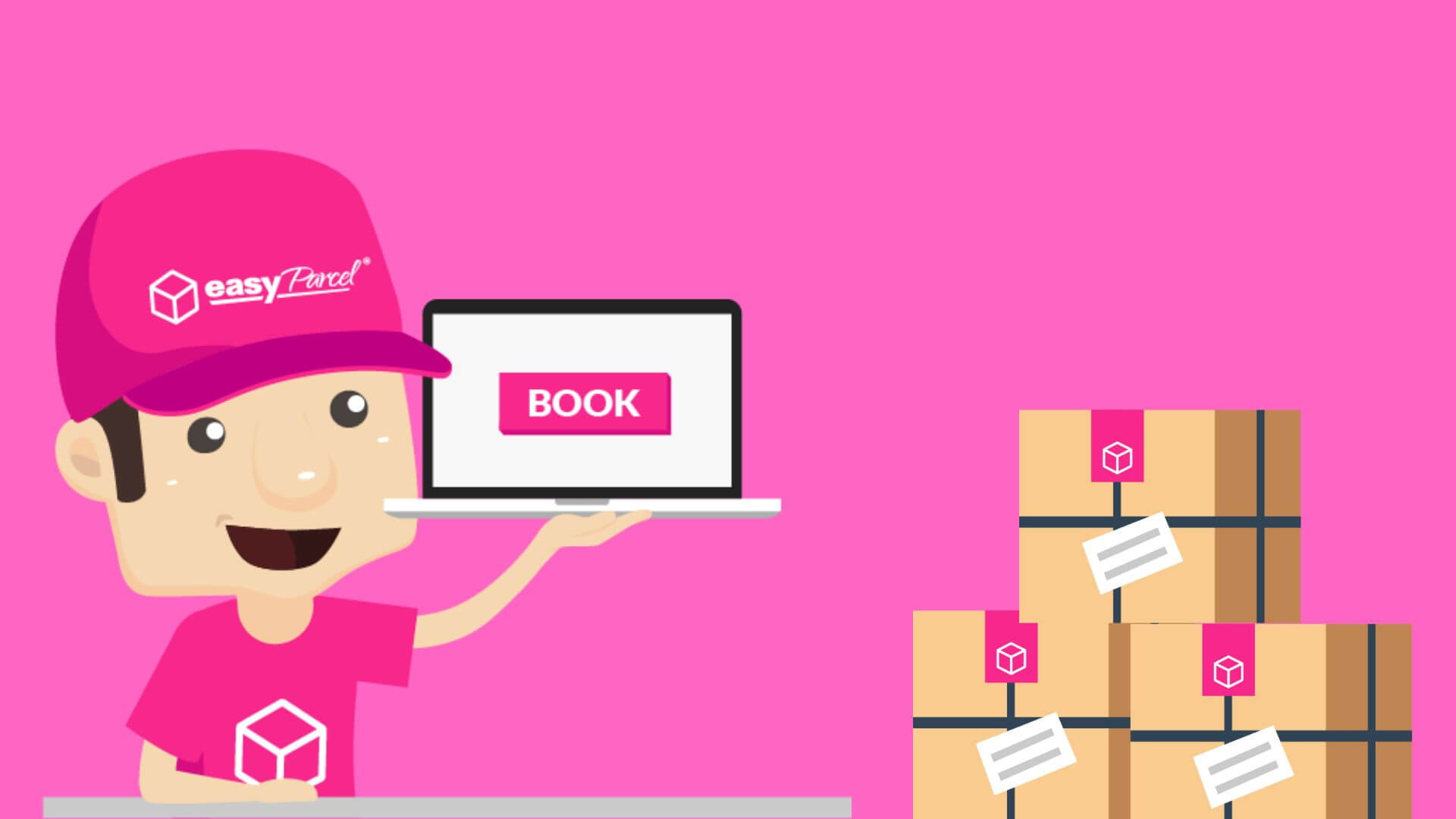
Go to your EasyParcel account then click “Send Parcel” and select “International Delivery”. After that, fill in your pick up and drop off details including the time and date.
Choose the Right Courier

After you fill in all the required shipment details and get a quote, you’ll be directed to the courier options list. In EasyParcel, you can find several trusted international couriers such as SF Express, FedEx, and Aramex that provide reliable delivery services to South Korea.
Finish Your Booking Payment

After you have decided which courier service you want to use and agree with their service agreements or terms, you can proceed to make your payment. That’s it, once your payment is confirmed, your parcel will be picked up at the selected pick up location.
Selling in South Korea means keeping up with fast delivery, localized content, and ever-changing trends. By offering competitive pricing, great service, and seamless payments, you’ll win customer trust.
With EasyParcel, you can compare courier options, enjoy lower shipping rates, and give your customers real-time tracking. This not only saves you time and cost but also boosts satisfaction — helping your store grow faster in Korea’s dynamic e-commerce market.
EasyParcel welcomes you with a sweet FREE RM10 for your first shipment. And that’s just the beginning! Sign up today and join the fun! Get Free RM10 Now.
 Singapore
Singapore Thailand
Thailand Indonesia
Indonesia